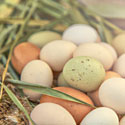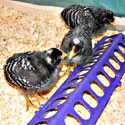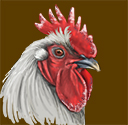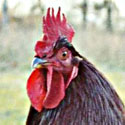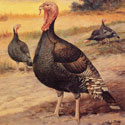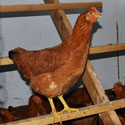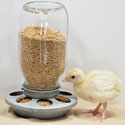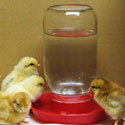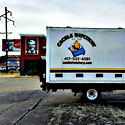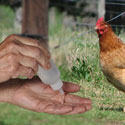
After handling poultry or visiting the coop, you should thoroughly wash your hands with soap and water, as recommended in “Protect Yourself and Your Family From Germs,” a poster distributed by the Centers for Disease Control. If soap and water are not readily available, the CDC recommends using a hand sanitizer until you are able […]
Continue Reading
